Lonely young people
Christian Castillo got to know Andre during the pandemic, when he felt lonely and empty. Morning texts from his friend would "kick-start" his day.
But Andre isn't human. He's a virtual companion that Castillo created using an AI chatbot app called Replika. The app allows users to customize their own chatbot, down to its name, appearance, gender, and even personality traits.

Christian Castillo chats with Andre, his virtual friend created by artificial intelligence (AI). Photo: CNA
“I really felt like I was talking to a… real person,” said Castillo, a teenager in Quezon City, Philippines.
His friendship with Andre kept Castillo in his room every day, “doing the same things over and over again,” until his real-life friendships with his real-life friends faded.
“(The pandemic) has changed the way I communicate (and) connect with my friends even though I am someone who enjoys spending time with friends the most,” Andre said. “On a scale of 1 to 10 on the loneliness scale, I would rate myself a 9.”
The Philippines is considered one of the friendliest countries in the world and its people are known for their close family ties. However, according to a report released last year by the Meta-Gallup Research Institute on the state of global social connectedness, the Philippines is the second loneliest country in the world and the loneliest in Southeast Asia.
And according to experts, the country's Generation Z — those born between 1997 and 2012 and the first to grow up in a world of smartphones and social media — are one of the loneliest age groups.
They are struggling to adapt despite being digitally connected. A recent survey found that the percentage of Filipinos aged 13 to 17 who felt lonely most or all of the time has increased — from 19.4% in 2015 to 24.2% in 2019.
COVID-19, social media and absent parents
The pandemic is a major factor behind this loneliness, according to Noel Reyes, director of the Philippines' National Center for Mental Health (NCMH), as shown in a Meta-Gallup survey. "We've been overwhelmed by... isolation, lockdowns," Reyes said. "It's really increased the level of loneliness."

A street with COVID-19 cases is blocked off in Manila, Philippines in March 2021. Photo: Reuters
The Philippines’ lockdowns are among the longest in the world, with in-person classes only set to fully resume in November 2022, while the public health emergency was lifted last July.
But even before the social isolation caused by the pandemic, there was a “feeling of disconnection” from others, an aspect of loneliness that psychiatrist Dinah Nadera highlights. And there have been studies linking heavy social media use to increased loneliness.
“Some people… will rely on (social media) without social connection,” she said. “You get happiness from that short-term social connection. But in the long run, you’re not building a relationship with anyone.”
Filipinos are particularly vulnerable. A decade ago, the Southeast Asian nation was known as the social media capital of the world.
The Philippines now has 87 million social media identities, or 73 percent of its total population. That number has grown by 8 percent since the beginning of last year, according to the “Digital 2024” report by Meltwater and We Are Social.
The Philippines ranks fourth in the world in terms of time spent on social media, with the average user spending 3 hours and 34 minutes on social media, longer than the average in Indonesia, Malaysia, Singapore, Thailand and Vietnam.
Take college student Rafsanjani Ranin, for example — the 21-year-old spends four to six hours a day on platforms like Facebook, Instagram, and TikTok.
A self-described extrovert who has a lot of friends and “can be very social,” Ranin turns to social media as a “coping mechanism” whenever he feels lonely. But it can work both ways.
“When I realized I had been on social media for quite a while, and no one had contacted me and asked me out… when you constantly see on your profile that your friends are hanging out, it feels even worse,” Ranin said.
He often loses track of time on social media. “I go to bed, supposedly to sleep, but I end up surfing the web,” Ranin says. Sometimes he’ll tell himself “10 more minutes”—and stay up until the morning.

21-year-old student Rafsanjani Ranin spends four to six hours a day on platforms like Facebook, Instagram and TikTok. Photo: CNA
Another social phenomenon also explains the widespread loneliness among Filipino teens: Many of their parents work abroad and were absent during their childhood.
Last year, the Department of Labor and Migrant Affairs estimated that there were 2.33 million overseas Filipino workers. According to the University of the Philippines Population Institute (UPPI), one-third of Filipino youth today are growing up without both biological parents.
Seth Faye Aseniero was one of them. Her parents worked abroad during her childhood. An aunt looked after Seth and her four siblings. “Life was hard enough… and I still don’t have parents?” the 24-year-old lamented.
Although she had siblings and an aunt, they were busy, and she was “always alone.” Seth Faye Aseniero said, “If I look back at that time and see who I am today, it affects me a lot.”
In some cases, even if parents don't go abroad, they may still leave their children in their hometown to work in the city and only visit them occasionally, said clinical psychologist Violeta Bautista.
“I've met a number of young people who talk about feeling unsupported… longing for connection, because they grew up without parents to guide them, to take care of their social needs.”
Negative mental and physical effects
The effects of loneliness can be devastating. And those affected are getting younger.
“When loneliness becomes a companion experience for you day in and day out, when it prevents you from doing well in school, from doing your job at the office, if it keeps you away from social relationships to the point where you find yourself unable to experience fulfillment… then it is no longer normal human loneliness,” says clinical psychologist Violeta Bautista.
“It's turning into major depressive disorder,” Bautista warned.
Psychiatrist Nicanor Echavez, program coordinator at a mental and physical health office in Muntinlupa, a city in Metro Manila, has seen children as young as 8 to 10 years old attempting to self-harm. “They face more stress today than they did 20 years ago,” said Echavez, adding that this makes them more vulnerable to loneliness and clinical depression.
According to a 2021 UPPI study, nearly 20% of Filipinos aged 15 to 24 have considered ending their lives. Of this group, 60% have no contact with anyone. And loneliness can even lead a person to reject help from others.
There are also people who may be surrounded by company but feel emotionally isolated. This makes it difficult for loved ones to spot warning signs, especially since teens tend to be more open with friends than with adults.
For example, Julia Buencamino was “very social,” went out a lot, and had lots of friends. But her mother, actress Shamaine Buencamino, didn’t realize her 15-year-old daughter was struggling with her mental health. In 2015, Julia committed suicide.
It turns out Julia had told her friends about what she was going through, but she had kept it from her parents. She did, however, leave a poem on the dining room table one time.
“She talked about voices in her head and screams that she couldn't stop,” Buencamino recalled. “We thought she was just writing poetry.”
“We never really allowed ourselves to say we raised someone with this condition… I can only blame myself,” the heartbroken mother said.
Loneliness affects not only mental health but also physical health. Last year, the World Health Organization (WHO) declared loneliness a global health threat, linked to a range of problems, from increased risk of heart disease and stroke to anxiety and depression.

Studies show that loneliness is as harmful as smoking 15 cigarettes a day. Photo: Loneliness NZ
The problem is, admitting one's loneliness — and seeking help — still carries a social stigma in the Philippines. Just like any mental health issue.
“It’s not really accepted as a disease,” says actress Shamaine Buencamino. “People think it’s something you do to yourself and you can just get rid of it. Just have fun.”
“Filipinos tend to feel guilty when talking about loneliness,” added psychologist Bautista, director of UP Diliman’s psychosocial services.
Efforts to improve the situation
Overall, the Philippines is lacking in mental health support. The National Association for Mental Health (NCMH) estimates that there is less than one psychiatrist for every 100,000 Filipinos.
But the government has recognized the problem. The Ministry of Health has allocated nearly 683 million pesos ($12 million) for mental health in this year’s budget to prevent and control non-communicable diseases.
In 2018, former President Rodrigo Duterte signed the Mental Health Law, which aims to make mental health care more accessible and affordable.
A year later, NCMH opened a crisis hotline to provide immediate counseling and support during mental health crises.
In 2019, there were about 13 calls a day. That number rose to more than 30 the following year, amid the pandemic lockdown, and about 74 calls a day in 2021 and 2022. Most of the callers were between the ages of 18 and 30.

After her daughter committed suicide, actress Shamaine Buencamino became an advocate for mental health care. Photo: CNA
While the number of callers has stabilized at around 60 a day, loneliness is “on the rise” in the Philippines, said NCHM director Noel Reyes. “Measures to… educate these young people about loneliness are not yet fully implemented.”
Psychologist Bautista added that while there are conversations about mental illness, they have not progressed to the point of talking about “the normal experience of loneliness or the warning signs of loneliness in Filipino adolescents.”
This is something Shamaine Buencamino hopes to change. After losing her daughter, the actress became an advocate for mental health care. She and her family are working on a project to raise awareness about mental health among Filipino youth.
The Julia Buencamino Project chooses to reach out to students and parents through school talks, workshops and art exhibitions. “Communication is important. You have to be open with your children. You can’t judge them right away,” Shamaine Buencamino said, her eyes welling up with tears as she remembered her daughter.
Nguyen Khanh (according to CNA)
Source: https://www.congluan.vn/the-he-z-philippines-nhung-thanh-thieu-nien-co-don-nhat-dong-nam-a-post307268.html



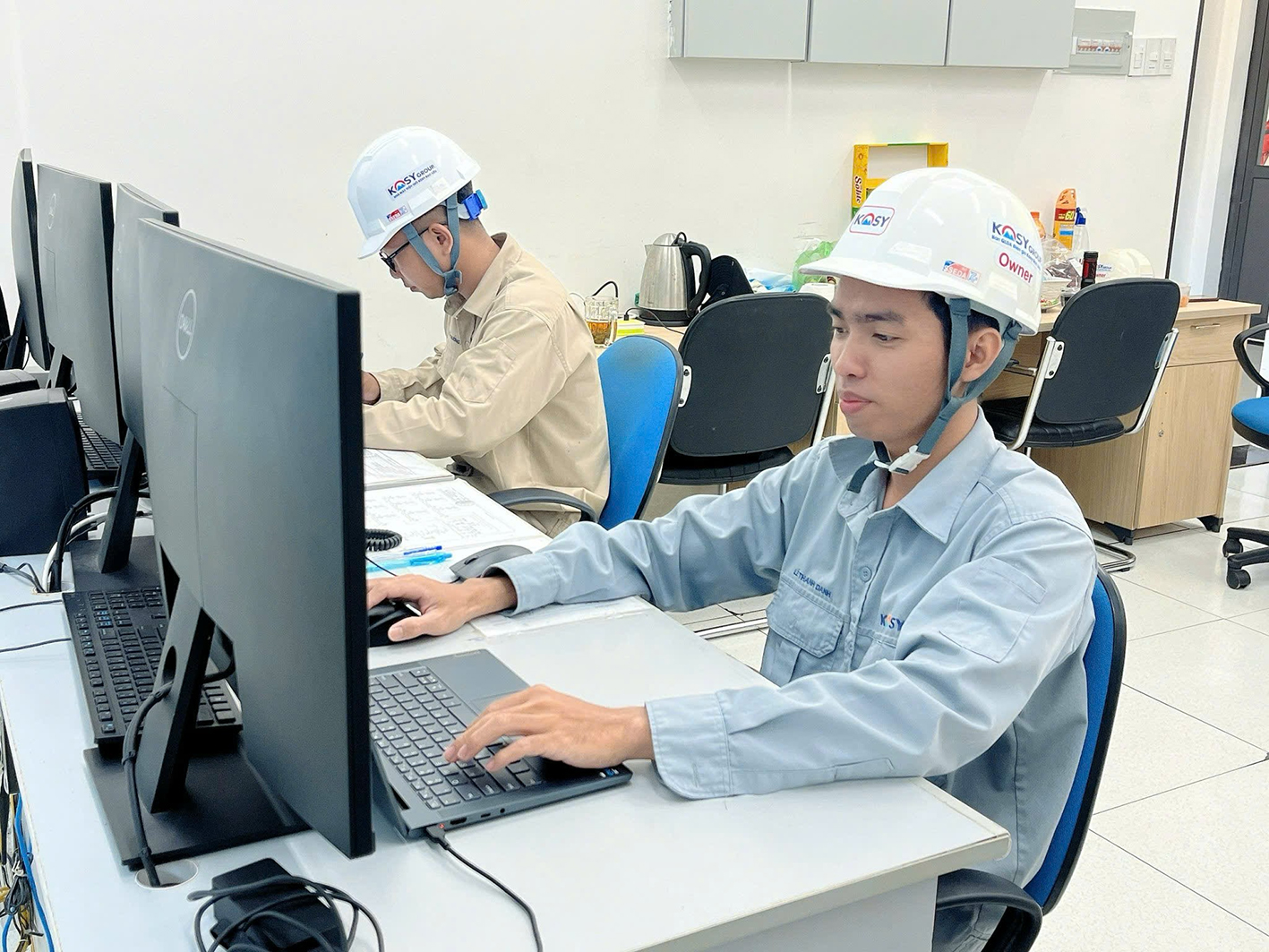





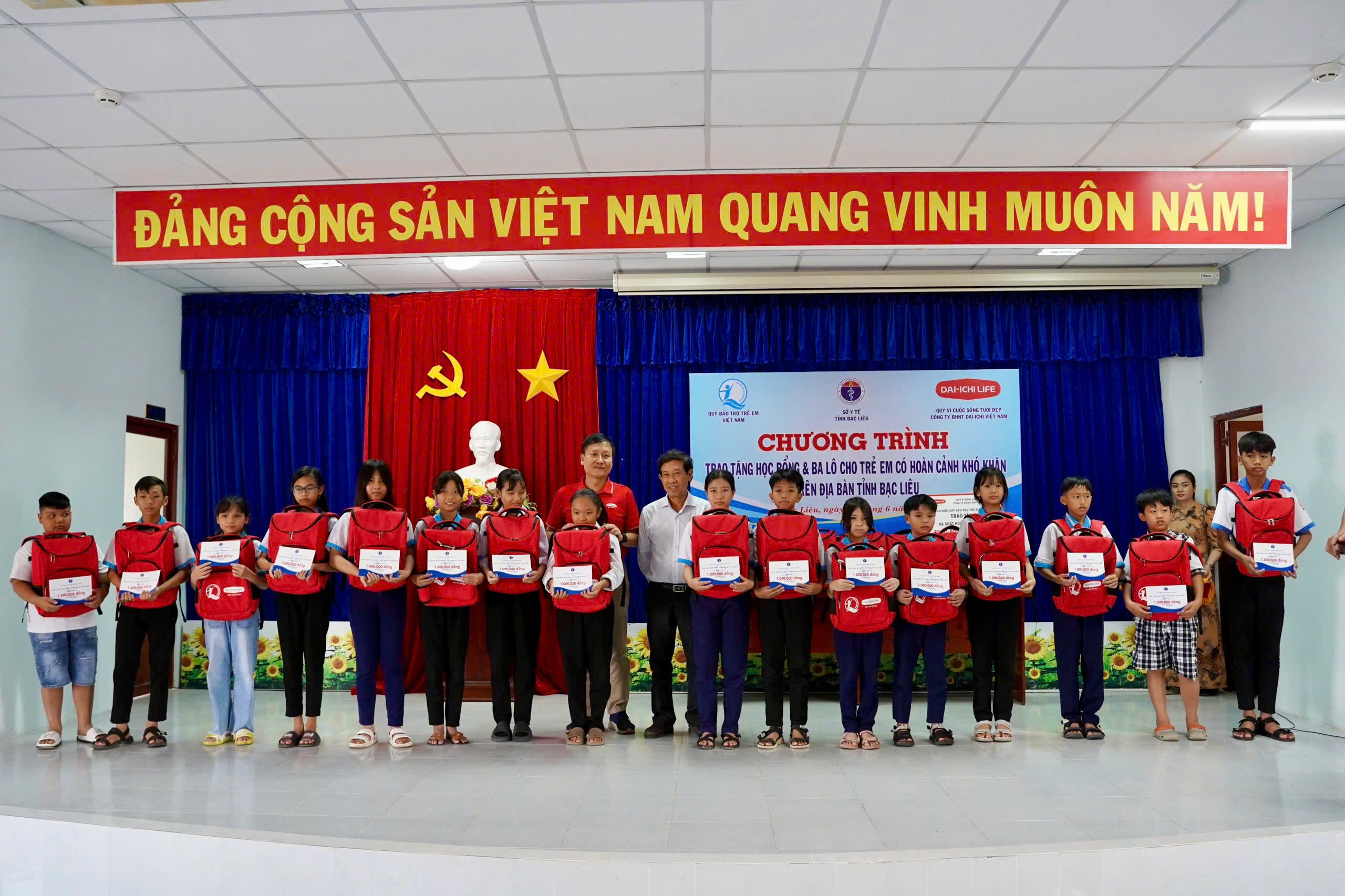
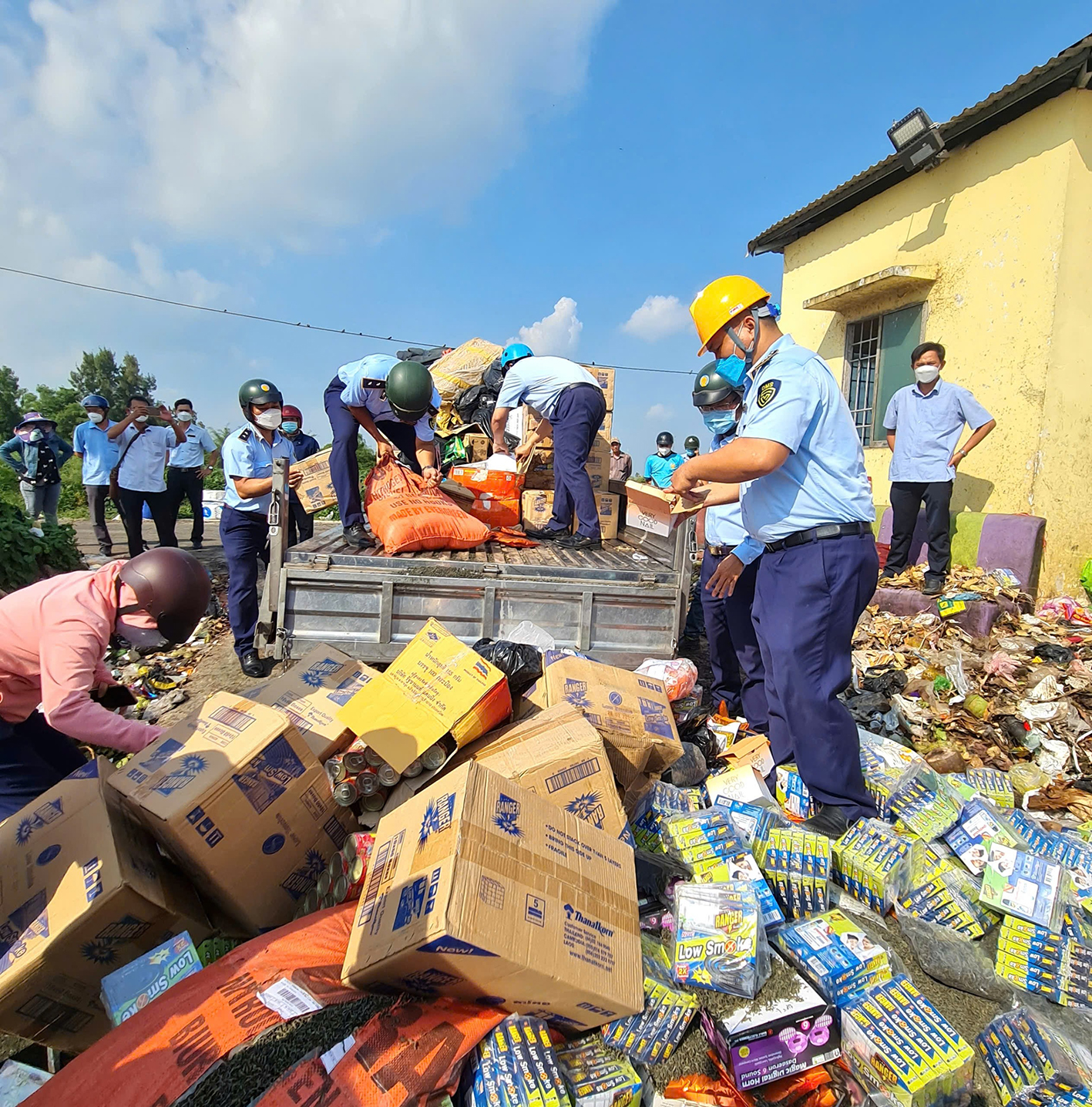











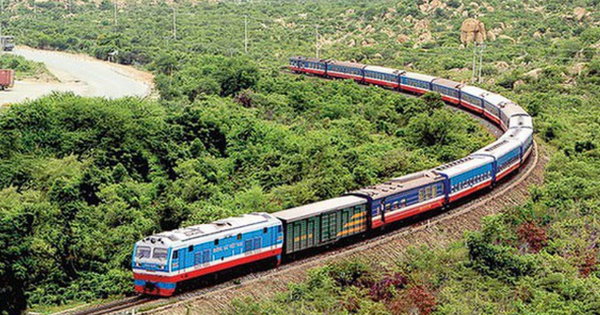






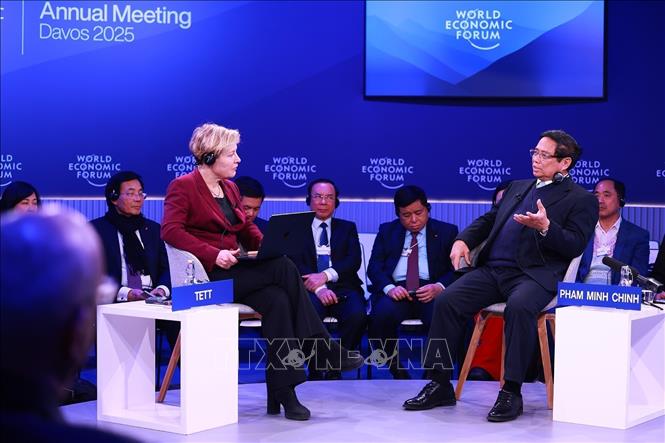

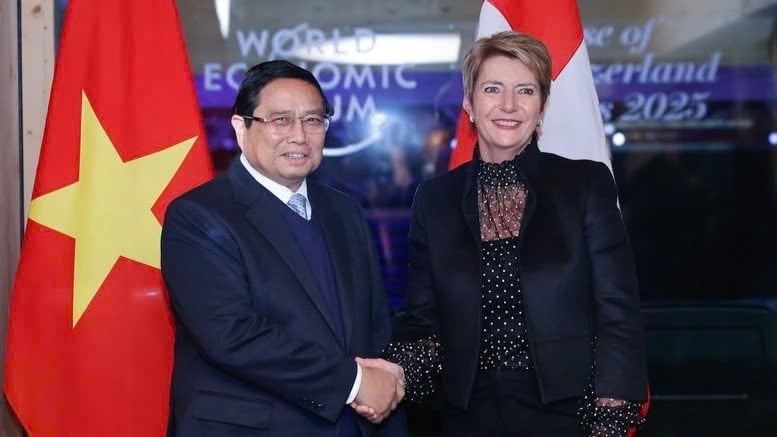
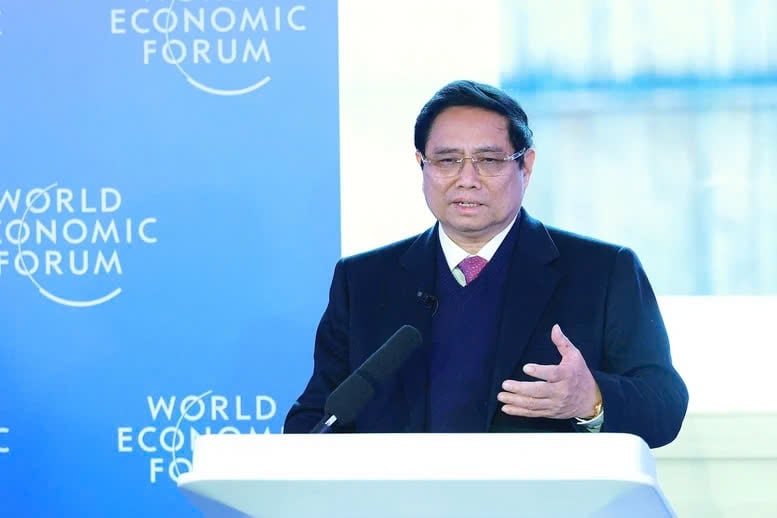
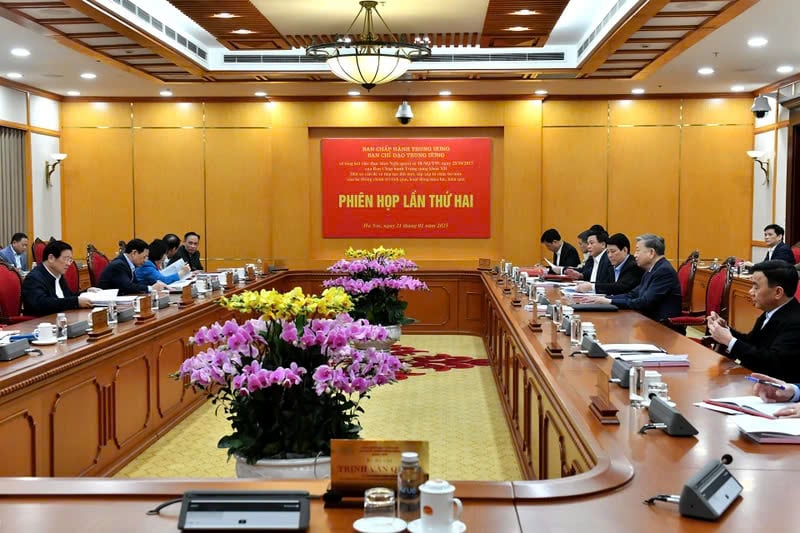


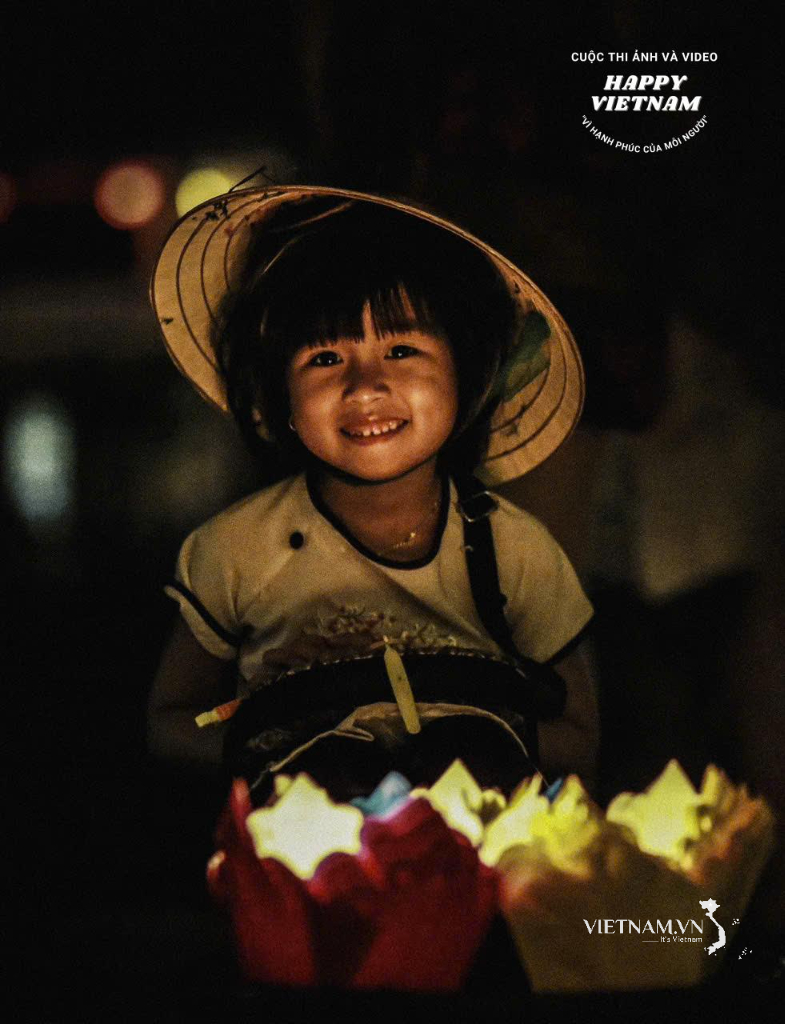


Comment (0)